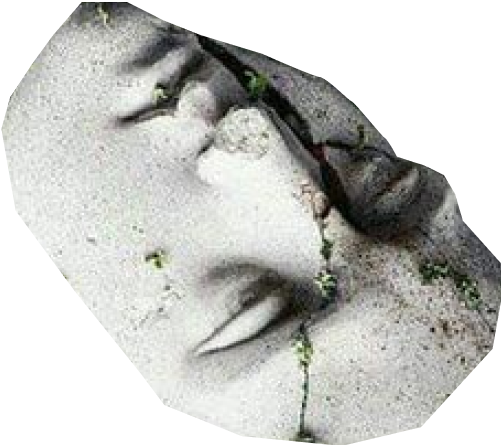loading
almost there
Hoarding disorder
DING
DIS






HOARDING OR Hoarding Disorder —
Hoarding Disorder —
a mental illness. a person collects unnecessary things and resists parting with them. Over a period of time, his home becomes a dangerous labyrinth
R
ORDE
AR
O
H
It is not an abnormality, it is a disease
















The person’s behavior changes — he/she becomes aggressive and suspicious, and is calm only when surrounded by items from his/her "collection". Hoarding used to be categorized as an obsessive-compulsive disorder (OCD). It is now considered a disease in its own right. Approximately 2.5% of people in the world have symptoms of it
A highly neglected form of hoarding is found in nearly one in 50 people on the planet
the causes of hoarding
are not fully explored
Several factors probably influence the progression of the disease
A highly neglected form of hoarding is found in nearly one in 50 people on the planet




Biological Factors. Neuroscience
researchers at the University of Iowa College of Medicine have found that there is an area in the prefrontal cortex of the brain that is responsible for hoarding
With 86 patients, the scientists performed MRI scans of their brains and found that all had damage to part of the prefrontal cortex, specifically on the right side
Psychological factors. Hoarding can
develop in people with existing disorders, like ADHD, OCD, schizophrenia, and depression


The risk group includes people with peniaphobia also known as the fear of poverty. The fear of being in poverty again remains even if their life gets better. Eventually it can transform into pathological hoarding
Over time, this behavior pattern can escalate into hoarding
background. the development of hoarding can be influenced by the specific features of parental upbringing, for example, when parents instil in their children the idea that it is obligatory to be thrifty
Social and cultural








The person may not realize that
their condition is growing worse
The symptoms are worth looking out for
The inability to get rid of a thing for fear of ever needing it again
a complete mess at home or workplace
Storing packages, trash, and delaying maintenance due to piles of junk
Avoidance of guests due to shame over the condition of the place
The desire to have as many pets as possible and unable to care for them














disastrous consequences
all of these factors can have


injuries
infections
fire








However, the situation isn't
desperate, the hardest part is to admit the problem
Cognitive behavioral therapy can provide help in dealing with this stage
It is required to realize and work through the causes of hoarding, to learn to assess the real need for things, to cope with the psychological anxiety that arises when attempting to throw things away.
In the struggle against
hoarding the support of relatives is very IMPORTANT. if your family member or someone you know has the symptom — do not try to throw everything away at once, as you will only make things worse
In addition, the therapist may also prescribe antidepressants and anti-anxiety medications to help with dealing with anxiety.

- Express your concern for their wellbeing and accept their feelings without judging their behavior.
- Be a good listener and allow them to share their feelings and thoughts.
- Offer your help with keeping things organized and clearing trash, but be respectful of their property.
- Suggest seeking professional help from therapists or advisors who specialize in hoarding disorders.
- If you share a home with that person, set clear boundaries for the shared living space.
- Avoid encouragement.
- It takes time and persistence to make behavior changes. Be patient throughout the process and continue to offer your support.
Celebrate the small wins and successes achieved in the fight against clutter


